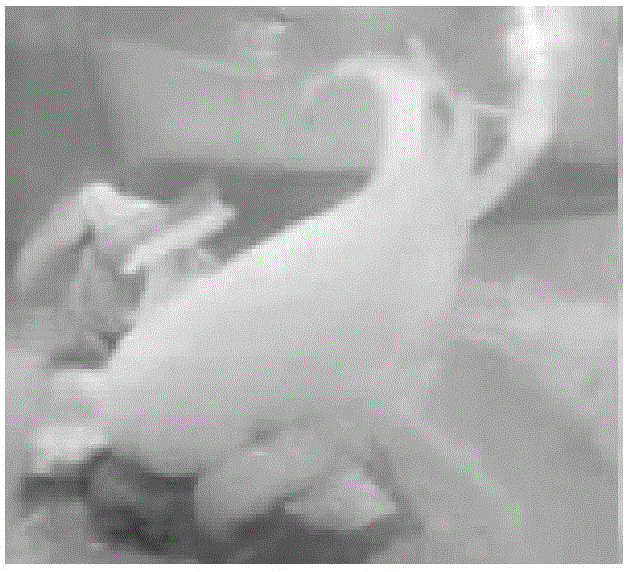Breeding method of saffron seed ball
A technology of saffron and bulbs, which is applied in the field of plant tissue culture, can solve the problems of many operation steps, complicated procedures, and easy variation, and achieve the effects of accelerating the breeding process, increasing the induction rate, and shortening the induction time
- Summary
- Abstract
- Description
- Claims
- Application Information
AI Technical Summary
Problems solved by technology
Method used
Image
Examples
Embodiment 1
[0039] A method for breeding saffron bulbs, comprising the following steps:
[0040] 1) Selection of explants, disinfection
[0041] Select healthy and plump saffron small bulbs with a weight of <1g, and conduct cold treatment at 4°C for 4 weeks, remove the outer brown film, rinse with water for 1 hour, and use 0.1% mercury chloride on the ultra-clean workbench Disinfect for 10 minutes, rinse with sterile water 5 times, and dry the water for later use.
[0042] 2) Induction culture
[0043] The small seed bulbs prepared in step 1) were cut into 4 parts on average, with the base facing down, and inoculated on the induction medium. After inoculation, the pollution rate was lower than 5%. The induction medium was: MS basic medium, 6-BA 3mg / L, NAA 1mg / L, sucrose 40g / L, hydrolyzed milk protein (LH) 300mg / L, agar 4g / L; pH=5.8; cultivate in the dark for 10 days, then in the light for 10-20 days, Cultivate temperature 25 ℃, humidity 70%, grow cluster buds on the small bulb of cutti...
Embodiment 2
[0050] Embodiment 2 industrialized high-efficiency test tube sphere breeding method
[0051] 1) Selection of explants, disinfection
[0052] Select healthy and plump saffron bulbs with a weight of <1g, and conduct cold treatment at a temperature of 4°C for 6 weeks, remove the outer brown film, rinse with water for 3 hours, and use 0.1% mercuric chloride on the ultra-clean workbench Disinfect for 12 minutes, rinse with sterile water 5 times, dry the water and set aside.
[0053] 2) Induction culture
[0054] The small seed bulbs prepared in step 1) were cut into 2 parts on average, with the base facing down, and inoculated on the induction medium. After inoculation, the pollution rate was lower than 5%. The induction medium was: MS basic medium, 6-BA 2.5mg / L, NAA 1.5mg / L, white sugar 45g / L, hydrolyzed milk protein (LH) 200mg / L, agar 4g / L; pH=5.8; culture in the dark for 10 days, and then in the light for 20 days , the culture temperature is 25°C, the humidity is 70%, cluster...
PUM
| Property | Measurement | Unit |
|---|---|---|
| Diameter | aaaaa | aaaaa |
Abstract
Description
Claims
Application Information
 Login to View More
Login to View More - R&D
- Intellectual Property
- Life Sciences
- Materials
- Tech Scout
- Unparalleled Data Quality
- Higher Quality Content
- 60% Fewer Hallucinations
Browse by: Latest US Patents, China's latest patents, Technical Efficacy Thesaurus, Application Domain, Technology Topic, Popular Technical Reports.
© 2025 PatSnap. All rights reserved.Legal|Privacy policy|Modern Slavery Act Transparency Statement|Sitemap|About US| Contact US: help@patsnap.com

